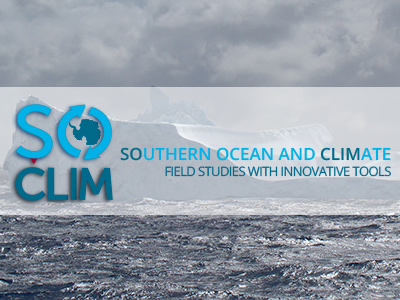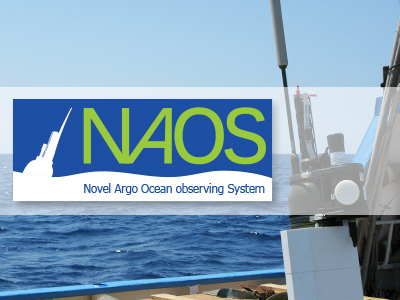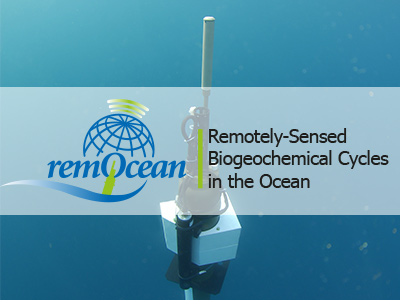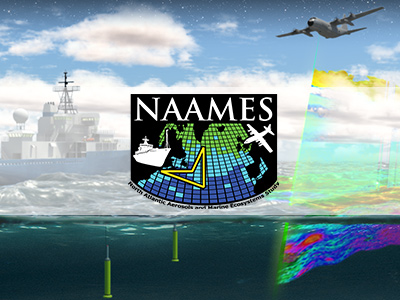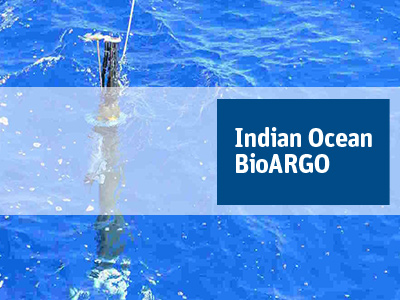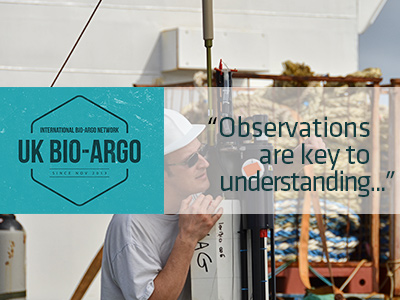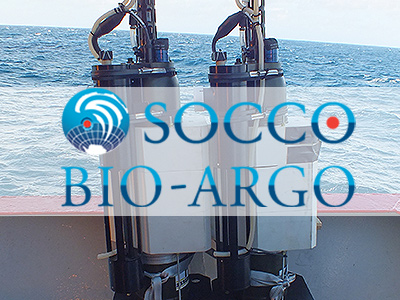Suspended particles are a critical component of ocean biogeochemistry. They include photosynthetic algae and bacteria, their microscopic predators as well as bacteria which decompose organic material. The biological pump, a key process for sequestration of atmospheric CO2 and supporting deep ecosystems, is driven by the export of particulate materials below the euphotic depth.The concentration of suspended particles is estimated from backscattering or attenuation measurements on profiling floats (particles redirect the light away from the beam leaving the source). In the open ocean suspended particles covaries strongly with particulate organic carbon (POC) and phytoplankton carbon (PC) with backscattering providing a good proxy for both. POC is an essential climate variable, while PC, when combined with chlorophyll and irradiance, provides means to estimate phytoplankton growth rate. Repeated backscattering or attenuation profiles allow us to track this downward movement of POC and distinguish between various mechanisms, including mixing, subduction, and the rapid sinking of large particles, which produce pronounced, ephemeral spikes in backscattering profiles. The suspended particles is retrievable from ocean color remote sensing (OCR) for the surface layer and hence its estimation from profiling floats provides validation and extends the surface fields obtained from OCR to depth.
In situ vertical profiles of suspended particles mass (SPM), particulate organic carbon (POC) and phytoplankton carbon (PC) is determined on discrete water samples with the best accuracy using accurate scales and HCN analysis (+sorting flow cytometer for PC). This method, however, is not compatible with the present ocean observation requirements of highly resolved spatial and temporal measurements. The implementation of such measurements is now possible through Biogeochemical-Argo floats equipped with a backscattering sensor providing a proxy for suspended particles concentration. Calibration of backscattering sensors can be done either by using spherical beads of known optical properties or measuring the scattering properties of a plate of known reflectivity. The uncertainty in the determined coefficient is on the order of 10% or less. Relationships converting from backscattering to POC and SPM can be found in work cited in the review of Boss et al. (2015). Graff et al. (2015) provides a relationship for PC and optical proxies.
| Parameters | Processing | Quality Control |
|---|---|---|
| bbp |


